Q & A with USDA National Agricultural Statistics Service (NASS)
Todd Steinacher sat down with Mark Schleusener, an Illinois state statistician with the USDA’s National Agricultural Statistics Service (NASS), to learn more about the history and procedures used to determine weekly crop progress, acreage, yield, and production numbers. Question: What is the history of the USDA and the crop report? Answer: Abraham Lincoln established the USDA in 1862 and the first crop report was published on July 10, 1863. In 1866, the USDA began a series of regular monthly reports on crop production. For corn in Illinois, the data series for state level production goes all the way back [...]
Enhancing Soil Health to Improve Nutrient Management
Regardless of your operation’s soil health system, nutrient management is impacted by it in one way or another. There’s no debate that improving crop yield, soil health and water quality is synonymous with good nutrient stewardship and heightened conservation practices. Achieving sustainable crop productivity depends on minimizing disturbance and maximizing nutrient use efficiency. For years, we believed nitrogen, phosphorus, potassium and soil organic matter content are good predictors of plant growth and high functioning soil, but that is no longer true. “Contrary to belief, the fungal-bacteria ratio is the best indicator of soil health,” says Doug Peterson, Regional Soil [...]
Planning for Success: G.R.I.T.
The fifth and final week of the Agribusiness Management Program (AMP) Summer Webinar Series featured Bob Rhea, CEO of Illinois FBFM. Rhea presented on the elements of G.R.I.T. that farmers have demonstrated and will need to continue to focus on to ensure success of their operations. G – GRIND to succeed Each of the previous few years has brought a set of unique challenges that force farmers to grind through tough situations to make ends meet. 2020 has taught us that we all need to be prepared and flexible enough to work differently than we may be used to. [...]
Soil Biology: Shaping the Future of Your Farm
In recent years, regenerative agriculture has been all the buzz. While the concept is not new, awareness of enhanced soil biology is more prevalent now than ever. So, how do you achieve soil that’s not only deep and rich in color, but also draws down carbon and is resilient in the face of numerous issues? There’s no single solution, but healthy soil practices can rebuild organic matter and restore degraded soil biodiversity. Currently in the U.S., 1.6 billion metric tons of topsoil erodes every year, according to Dr. Kris Nichols, soil microbiologist, KRIS Systems Education & Consultation. If that [...]
Look Beyond Cash Rent: Growing Your Leased Acres
The second webinar in week four of the Agribusiness Management Program (AMP) Summer Webinar Series featured Jonah Kolb from Moore & Warner Ag Group. Kolb presented on what farmers can do to grow their leased acres and position themselves to be a counterparty of choice for farm managers or investors. Before jumping into specific tips for farmers, Kolb offered some common myths that may cause farmers to lose focus in this area of their business: I don’t need to grow to survive. While it may not always be necessary to grow your acreage, some type of growth is necessary, [...]
Aggregates are Essential for Healthy Soil
Have you ever picked up a handful of soil and watched it break apart into tiny pieces? If so, you were looking at aggregates—groups of various sized soil particles that bind to each other more strongly than to adjacent particles. While there are numerous ways to evaluate soil health, aggregates are primary factors. These collections of soil components are made of sand, silt, clay and other organic material, and they play a major role in soil structure formation and stability. Aggregates are broken down into two categories based on function—micro and macroaggregates. Microaggregates are extremely small components of macroaggregates [...]
Consumer Demand for Soil Health
Illinois Sustainable Ag Partnership (ISAP) hosted a risk management webinar series this summer. Recaps of the presentations and a link to the full presentations will be provided here after each webinar. The July 2 webinar focused on consumer demands for soil health and the impact of supply chain needs on farmers. Jonathan Coppess from the University of Illinois at Urbana-Champaign kicked off the presentation with some of the current trends in sustainability and policy that have direct impact at the farm gate. Third party evaluations are being used by investors, asset managers, and financial institutions to rate the sustainability [...]
Increasing Working Capital with Soil Health Management Systems
Illinois Sustainable Ag Partnership (ISAP) is hosting a risk management webinar series this summer. Recaps of the presentations and a link to the full presentations will be provided here after each webinar. The June 25 webinar focused on incorporating no-till cover crops into your soil health management system. LaSalle County farmer Carl Zimmerman shared his experience in getting started on no-till cover crops and how these practices have expanded over the years. Zimmerman was then joined by a panel of experts to provide additional perspective on the agronomic and financial benefits of these sustainable practices. Following are the main [...]
WEBINAR: PGR’s – The Missing Link to Next Level Soybean Yield
1 CEU in Crop Management

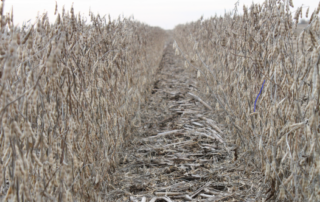
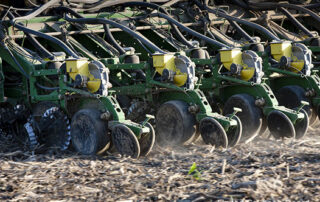

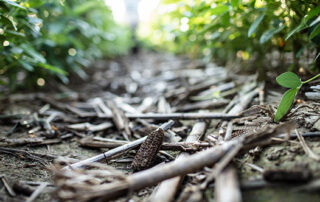
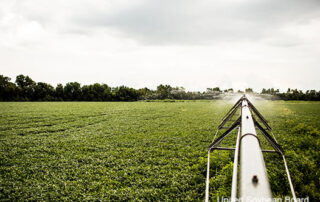
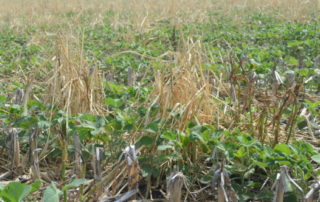
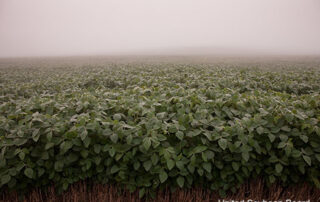
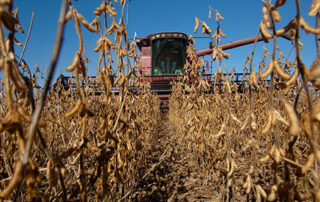
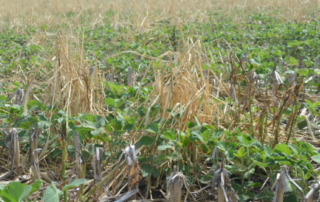
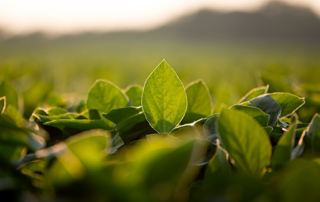

 and then
and then